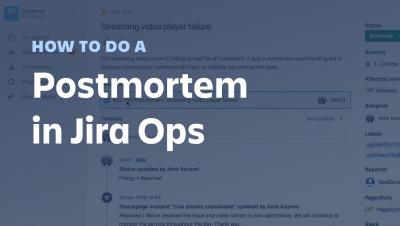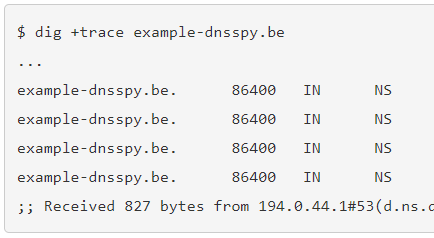Operations | Monitoring | ITSM | DevOps | Cloud
%term
How to do a postmortem in Jira Ops
Field Stats for Elasticsearch 6.x
We’re excited to announce the release of the Field Stats API plugin for Elasticsearch. The Field Stats API used to be present from Elasticsearch 1.6 to 5.6, to provide efficient statistics for fields of each index. For example, the minimum and maximum values of a date field.
Finally, Kibana and Grafana Together Like They were Always Meant to Be
Let’s face it, Kibana and Grafana were naturally meant to go together, right? They’re both great individually, but sparks really start to fly when they work together! Each has their own strengths but combined they cover all the monitoring and troubleshooting use cases you need. So what is keeping these two highly compatible technologies apart? Nothing. Anymore.
Why your NS records matter
Ever since the launch of our DNS scan, we’ve had the warning about mismatched NS records. Many users choose to ignore this, but there’s a pretty good reason we give a big warning whenever those records don’t line up. In this blogpost, we’ll show what can happen with misconfigured NS records.
Stackery Company Introduction
Taloflow achieves AWS Technology Partner status - Advanced Tier
At Taloflow, our customers know that we are a trusted source for optimizing cloud costs and performance. Today, AWS announced that they agree. Taloflow is excited to share that we are now an AWS Technology Partner in the Advanced Tier. In order to meet the qualifications, Taloflow proved its focus on customer success and clients’ business objectives, our deep expertise of AWS, and our unique position to successfully help any enterprise in their journey to the cloud.
Patch Management causing you stress?
Why Containers and Kubernetes are Dominating the AWS re:Invent Conversation
Technologists from across the country and around the world are flocking to Las Vegas this week for AWS re:Invent. The tens of thousands of expected attendees may come from various backgrounds and industries, but there’s a common topic on the top of everyone’s mind: Kubernetes.
What is Your Digital Performance Monitoring Strategy: Converged or Integrated?
Performance monitoring in today’s all-digital world is not a luxury; it’s a necessity. Whether the data center is running on-premises or workloads are hosted in the cloud, IT operations teams must incorporate monitoring into service delivery and enablement. Monitoring is an early warning system that alerts IT operations when something has gone wrong or is about to go wrong: e.g., application slowness, downtime and outages, configuration changes, capacity issues, and so on.











